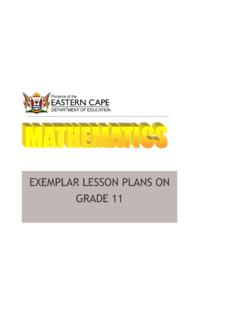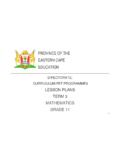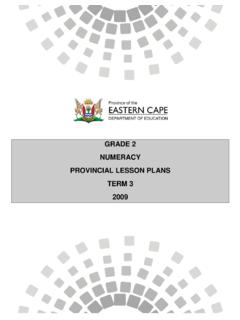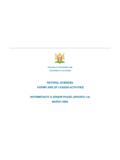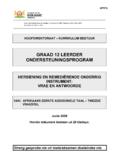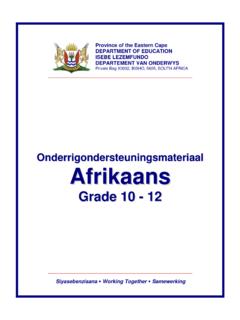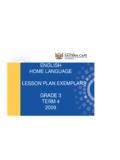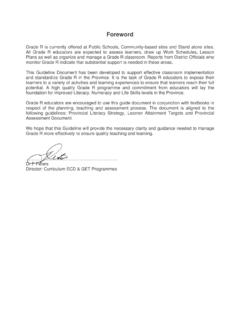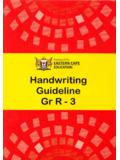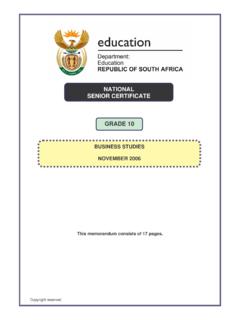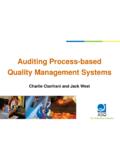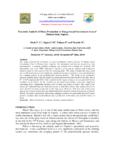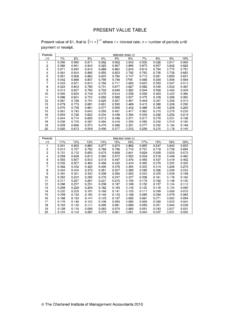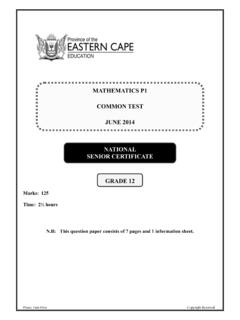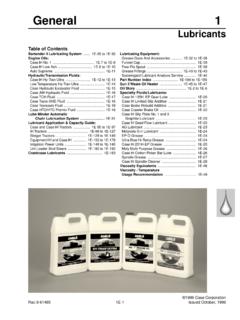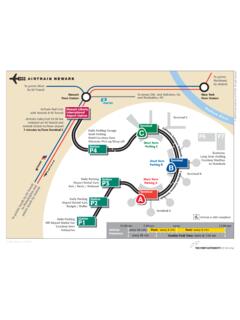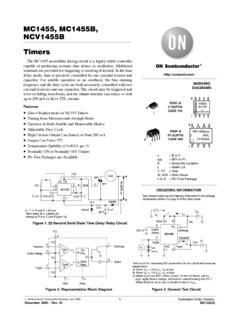Transcription of HISTORY P1 MEMO - Primex
1 Copyright reserved Please turn over This memorandum consists of 28 pages. HISTORY P1 EXEMPLAR 2008 MARKING GUIDELINE NATIONAL SENIOR CERTIFICATE GRADE 12 HISTORY /P1 2 Doe/Exemplar 2008 NSC MEMORANDUM Copyright reserved Please turn over 1. SOURCE-BASED QUESTIONS The following Learning Outcomes and Assessment Standards were used to assess candidates in this question paper: Learning Outcomes Assessment Standards The ability of the learner to: Learning Outcome 1 (Historical enquiry) 1. Formulate questions to analyse concepts for investigation within the context of what is being studied.
2 (Not for examination purpose). 2. Access a variety of relevant sources of information in order to carry out an investigation. (Not for examination purpose). 3. Interpret and evaluate information and data from sources. 4. Evaluate the usefulness of the sources for the task, taking into account stereotypes, subjectivity and gaps in the available evidence. Learning Outcome 2 (Historical concepts) 1. Analyse historical concepts as social constructs. 2. Examine and explain the dynamics of changing power relations within the societies studied. 3. Compare and contrast interpretations and perspectives of events, people s actions and changes in order to draw independent conclusions about the actions or events.
3 Learning Outcome 3 (Knowledge construction and communication) 1. Identify when an interpretation of statistics may be controversial and engage critically with the conclusions presented by the data. 2. Synthesise information to construct an original argument using evidence to support the argument. 3. Sustain and defend a coherent and balanced argument. 4. Communicate knowledge and understanding in a written form. HISTORY /P1 3 Doe/Exemplar 2008 NSC MEMORANDUM Copyright reserved Please turn over The following levels of questions were used to assess source-based questions. LEVELS OF SOURCE-BASED QUESTIONS LEVEL 1 (L 1) Extract relevant information and data from the sources.
4 Organise information logically. Explain historical concepts. LEVEL 2 (L 2) Categorise appropriate or relevant source of information provided to answer the questions raised. Analyse the information and data gathered from a variety of sources. Evaluate the sources of information provided to assess the appropriateness of the sources for the task. LEVEL 3 (L 3) Interpret and evaluate information and data from the sources Engage with sources of information evaluating the usefulness of the sources for the task taking into account stereotypes, subjectivity and gaps in the evidence available. Analyse historical concepts as social constructs.
5 Examine and explain the dynamics of changing power relations within the aspects of societies studied. Compare and contrast interpretations and perspectives of peoples actions or events and changes to draw independent conclusions about the actions or events. Identify when an interpretation of statistics may be controversial and engage critically with the conclusions presented by the data. The following table indicates how to assess source-based questions. In marking all source-based questions credit needs to be given to any other valid and relevant viewpoints, arguments, evidence or examples. In the allocation of marks emphasis should be placed on addressing the requirements of the question.
6 In these marking guidelines the requirements of the question (skills that need to be addressed) as well as the level of the question are indicated in HISTORY /P1 4 Doe/Exemplar 2008 NSC MEMORANDUM Copyright reserved Please turn over italics. HISTORY /P1 5 Doe/Exemplar 2008 NSC MEMORANDUM Copyright reserved Please turn over 2. EXTENDED WRITING The extended writing questions focus on one of the following levels: LEVELS OF QUESTIONS Level 1 Discuss or describe according to a given line of argument set out in the extended writing question.
7 Plan and construct an argument based on evidence, using the evidence to reach a conclusion. Level 2 Synthesise information to construct an original argument using evidence to support the argument. Sustain and defend a coherent and balanced argument with evidence. Write clearly and coherently in constructing the argument. Marking of extended writing MARKERS MUST BE AWARE THAT THE CONTENT OF THE ANSWER WILL BE GUIDED BY THE TEXTBOOKS IN USE AT THE PARTICULAR CENTRE CANDIDATES MAY HAVE ANY OTHER RELEVANT INTRODUCTION AND OR CONCLUSION THAN THOSE INCLUDED IN A SPECIFIC EXTENDED WRITING MARKING GUIDELINE IN ASSESSING THE OPEN ENDED SOURCE-BASED QUESTIONS CANDIDATES SHOULD BE GIVEN CREDIT FOR ANY OTHER RELEVANT RESPONSE Global assessment of extended writing The extended writing will be assessed holistically (globally).
8 This approach requires the educator to score the overall product as a whole, without scoring the component parts separately. This approach encourages the learner to offer an individual opinion through using selected factual evidence to support an argument. The learner will not be required to simply regurgitate "facts" in order to achieve a high mark. It will also discourage learners to prepare "model" answers and reproduce them without taking into account the specific requirements of the question. Holistic extended writing marking credits learners' opinions. Holistic assessment, unlike content based marking, does not penalise language inadequacies as the emphasis is on the following: the construction of argument; the appropriate selection of factual evidence to support such argument; and the learner's interpretation of the question.
9 HISTORY /P1 6 Doe/Exemplar 2008 NSC MEMORANDUM Copyright reserved Please turn over Assessment procedures of an extended writing 1. Keep the synopsis in mind when assessing the extended writing. 2. During the first reading of the extended writing ticks need to be awarded for a relevant introduction (indicated by a bullet in marking guideline/ memorandum) each of the main points/aspects that is properly contextualised (also indicated by bullets in marking guideline/ memorandum) and a relevant conclusion (indicated by a bullet in marking guideline/ memorandum) in an answer where there are 5 main points there will be 7 ticks.
10 3. The following additional symbols can also be used: introduction, main aspects and conclusion not properly contextualised wrong statement irrelevant statement | | | | repetition R analysis A interpretation 1111 4. The first reading of an extended writing will also be to determine to what extent the main aspects have been covered and to allocate the content level (on the matrix). C LEVEL 4 5. The second reading of an extended writing will relate to the level (on the matrix) of presentation. C LEVEL 4 P LEVEL 5 6.
